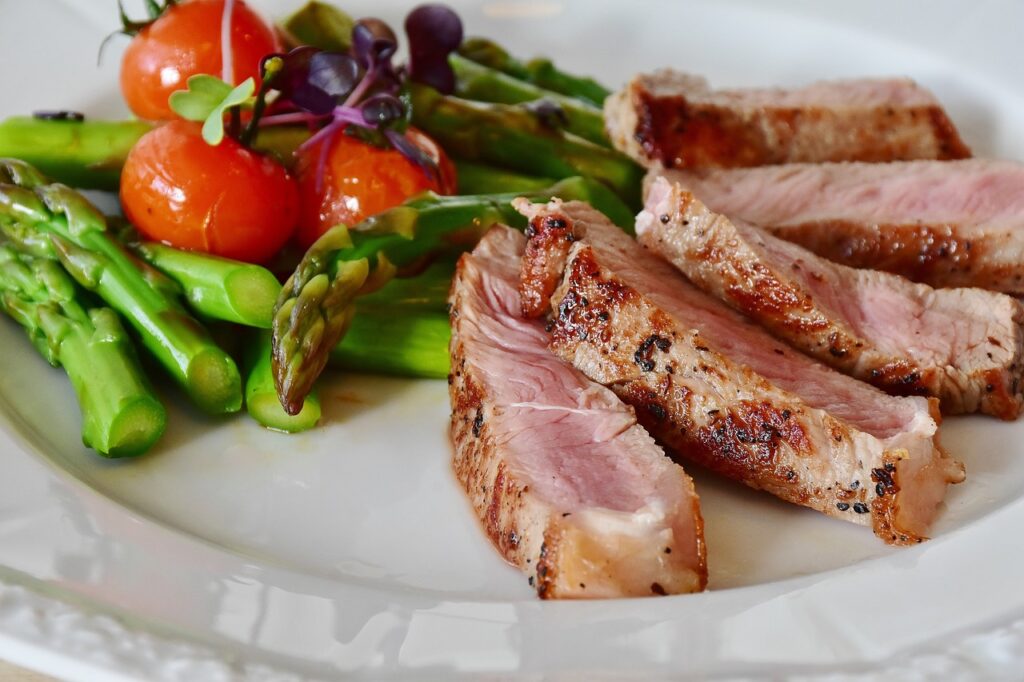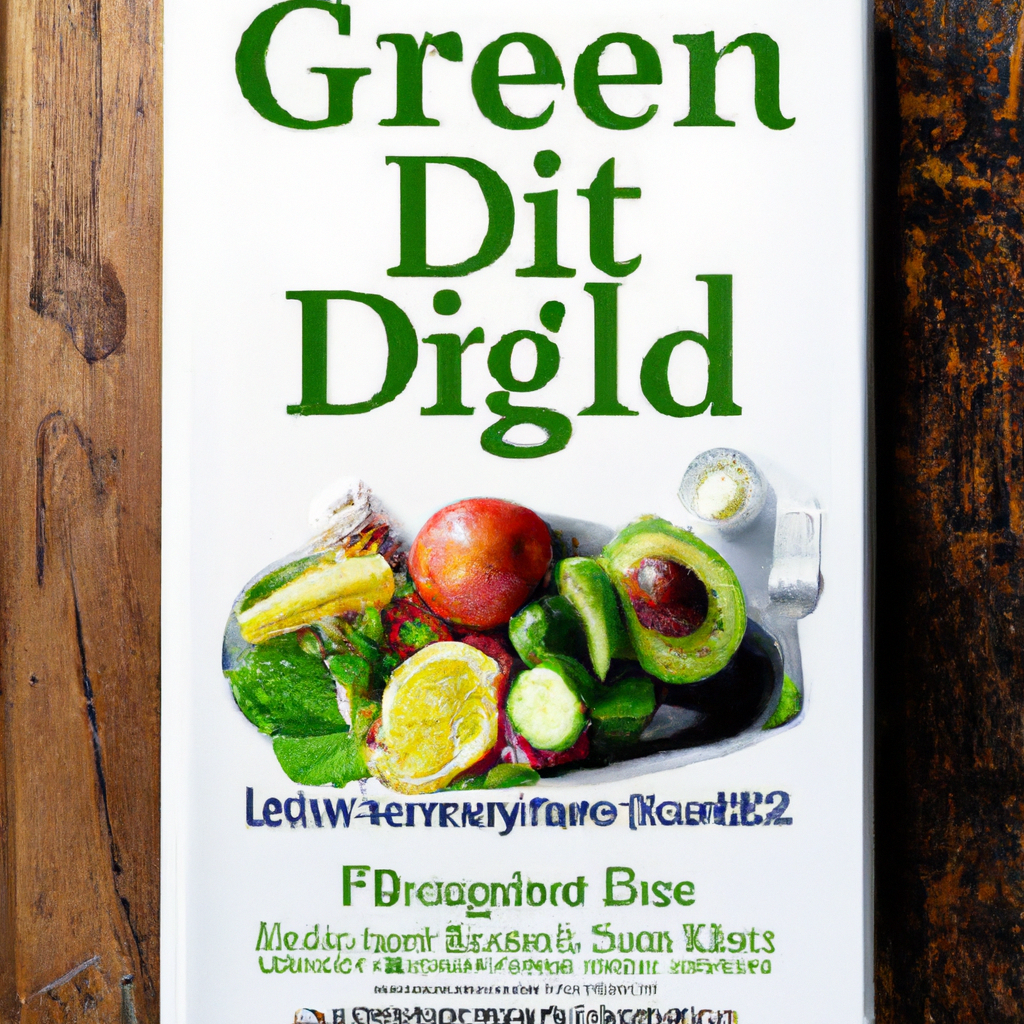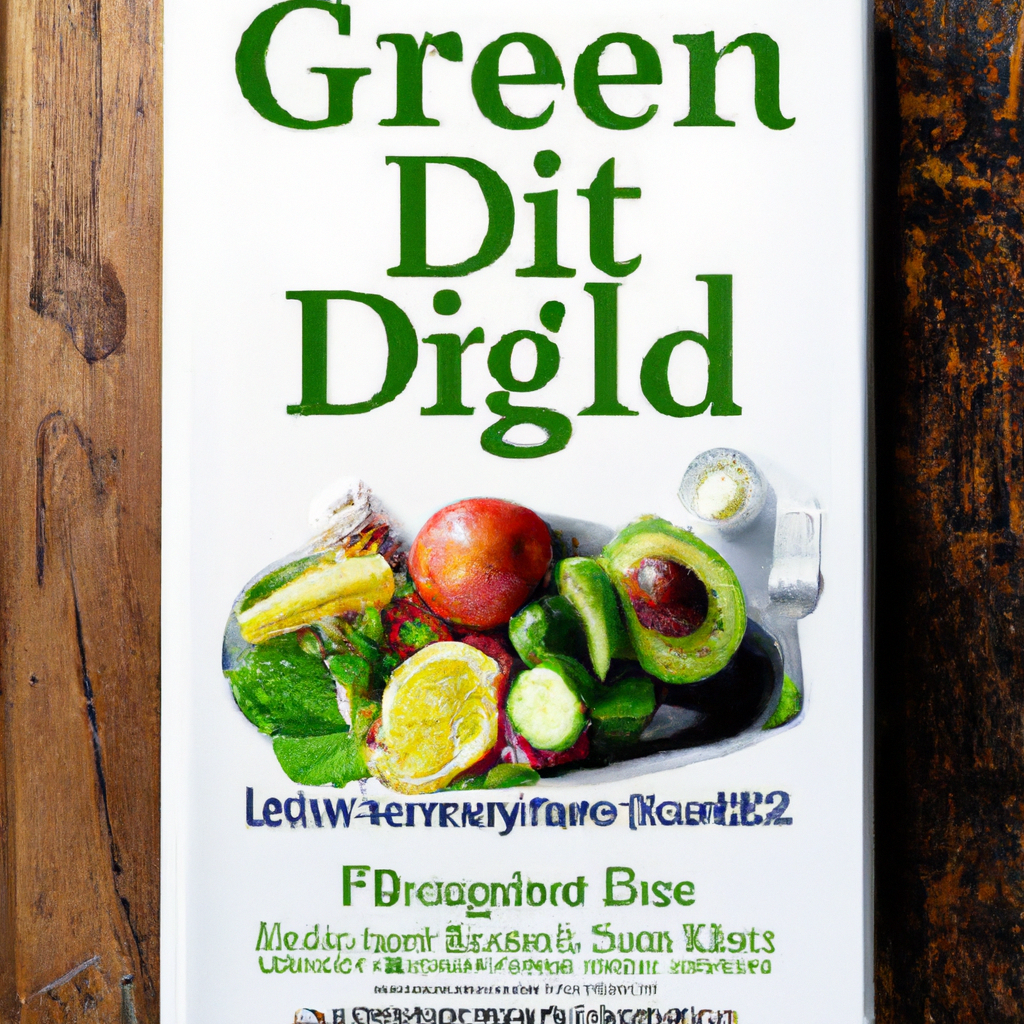Are you struggling to find relief from your GERD symptoms? Look no further! In this comprehensive article, we present to you “The GERD Diet Plan: A Step-by-Step Guide to Eating Right.” Whether you’re newly diagnosed or searching for ways to manage your condition, this informative guide will provide you with practical tips and strategies to help you make informed food choices and alleviate your GERD symptoms. Say goodbye to troublesome heartburn and embrace a healthier, more comfortable lifestyle with our expertly crafted diet plan.

This image is property of pixabay.com.
Overview of GERD
What is GERD?
GERD, which stands for Gastroesophageal Reflux Disease, is a chronic digestive disorder that occurs when stomach acid flows back into the esophagus, causing discomfort and a range of unpleasant symptoms. This condition is often referred to as acid reflux or heartburn.
Causes of GERD
GERD can have various causes, including a weakened lower esophageal sphincter (the muscle that prevents acid from flowing back into the esophagus), obesity, hiatal hernia, pregnancy, smoking, and certain medications.
Symptoms of GERD
GERD can manifest through a variety of symptoms, including heartburn (a burning sensation in the chest), regurgitation of acid or food, difficulty swallowing, chest pain, coughing, hoarseness, or a feeling of a lump in the throat. It is important to identify and address these symptoms as early as possible to prevent further complications.
Understanding the GERD Diet Plan
What is the GERD diet plan?
The GERD diet plan is a structured eating plan designed to help manage the symptoms of GERD by reducing the amount of acid that backs up into the esophagus. It focuses on eliminating or minimizing foods and beverages that trigger acid reflux, while incorporating those that are less likely to cause discomfort.
Benefits of following the GERD diet plan
Adhering to a GERD diet plan can provide several benefits, such as reducing or eliminating heartburn and other symptoms, preventing complications of GERD, promoting better digestion, and improving overall quality of life.
How the GERD diet plan works
The GERD diet plan works by identifying and avoiding foods that trigger acid reflux, as well as adopting healthy eating habits. By reducing the intake of specific foods and making lifestyle changes, individuals can alleviate the symptoms of GERD and provide relief to their digestive system.
Creating Your GERD Diet Plan
Consulting a healthcare professional
Before embarking on any dietary changes, it is crucial to consult with a healthcare professional, such as a gastroenterologist or a registered dietitian. They can assess your condition, provide personalized advice, and guide you in creating a GERD diet plan tailored to your specific needs and preferences.
Identifying trigger foods
One of the key steps in creating your GERD diet plan is identifying the foods and beverages that trigger your symptoms. Common trigger foods include citrus fruits, tomatoes, chocolate, caffeine, carbonated drinks, spicy foods, fatty and fried foods, and alcohol. Keeping a food diary can be helpful in tracking your symptoms and identifying potential triggers.
Planning your meals
Once you have identified your trigger foods, it’s time to develop a meal plan that focuses on consuming foods that are less likely to cause acid reflux. Your meals should include a variety of non-acidic fruits, vegetables, and lean proteins. It’s important to plan balanced meals and snacks throughout the day to avoid hunger and prevent overeating.
Foods to Include in the GERD Diet Plan
Non-acidic fruits
Opt for non-acidic fruits such as bananas, melons, apples, pears, and berries. These fruits are less likely to trigger acid reflux and can provide essential vitamins, minerals, and fiber to support your overall health and well-being.
Vegetables
Include a variety of vegetables in your GERD diet plan, such as leafy greens, broccoli, cauliflower, carrots, and cucumbers. Vegetables are generally low in acid and high in nutrients, making them an excellent choice for maintaining a healthy digestive system.
Lean proteins
Choose lean sources of protein, such as skinless poultry, fish, tofu, and legumes. These protein-rich foods can help you feel satisfied while minimizing the risk of acid reflux. Be mindful of how these proteins are prepared – opt for grilling, baking, or steaming instead of frying.

This image is property of pixabay.com.
Foods to Avoid in the GERD Diet Plan
Acidic fruits
Avoid acidic fruits such as citrus fruits (lemons, oranges, grapefruits), tomatoes, pineapples, and strawberries. These fruits can exacerbate acid reflux and increase discomfort. If you have a craving for citrus flavors, try using alternative seasonings and spices to add a tangy taste to your meals.
Fatty and fried foods
Steer clear of fatty and fried foods, as they can trigger or worsen symptoms of GERD. Foods like french fries, fried chicken, potato chips, and fatty cuts of meat can slow down digestion and increase the risk of acid reflux. Opt for healthier cooking methods, such as baking or grilling, to reduce the fat content in your meals.
Spicy foods
Spicy foods, such as chili peppers, hot sauces, and curries, can contribute to acid reflux symptoms. The capsaicin compound found in spicy foods can irritate the esophagus and worsen heartburn. Experiment with milder spices or herbs to add flavor to your meals without the risk of triggering acid reflux.
Meal Planning Strategies
Eating smaller, more frequent meals
Instead of consuming large meals, aim for smaller, more frequent meals throughout the day. This approach can help prevent overeating and reduce the pressure on the lower esophageal sphincter, decreasing the likelihood of acid reflux. Be mindful of portion sizes and listen to your body’s hunger and fullness cues.
Chewing food thoroughly
Take your time to chew each bite thoroughly before swallowing. Chewing food properly helps break it down into smaller pieces, making it easier for your digestive system to process. This can reduce the strain on your esophagus and minimize the risk of acid reflux.
Avoiding eating close to bedtime
To lessen the chances of nighttime acid reflux, avoid eating within two to three hours of bedtime. This allows your stomach to empty partially before lying down, decreasing the likelihood of acid flowing back into the esophagus. If you need a snack, opt for something light and easily digestible.

This image is property of pixabay.com.
Healthy Habits to Support the GERD Diet Plan
Maintaining a healthy weight
Maintaining a healthy weight is crucial for managing GERD symptoms. Excess weight can put pressure on the abdomen, leading to the backflow of stomach acid into the esophagus. Regular physical activity and a balanced diet can help achieve and maintain a healthy weight, reducing the frequency and severity of acid reflux.
Drinking enough water
Staying hydrated is essential for overall health and digestive function. Aim to drink an adequate amount of water throughout the day, as it helps dilute stomach acid and aids in digestion. Avoid excessive fluid intake during meals, as it can contribute to a feeling of fullness and increase the risk of acid reflux.
Limiting alcohol and caffeine intake
Alcohol and caffeine are known triggers of acid reflux. Both substances can relax the lower esophageal sphincter, allowing stomach acid to flow back into the esophagus. Limit your consumption of alcoholic beverages and caffeinated drinks, such as coffee, tea, energy drinks, and soda, to minimize the risk of acid reflux.
Managing GERD Symptoms
Elevating the head of the bed
If nighttime acid reflux is a recurring issue, try elevating the head of your bed by placing blocks or using a specially-designed wedge pillow. This elevation helps prevent stomach acid from flowing back into the esophagus while you sleep, providing relief from nocturnal symptoms.
Avoiding tight-fitting clothes
Tight-fitting clothes, especially around the waist and abdomen, can put pressure on the stomach and increase the likelihood of acid reflux. Opt for loose-fitting clothing that allows your body to move comfortably and doesn’t restrict the natural movement of your digestive system.
Quitting smoking
Smoking is a risk factor for GERD and can worsen symptoms. Smoking weakens the lower esophageal sphincter, impairs proper digestion, and increases the production of stomach acid. Quitting smoking is not only beneficial for managing GERD but also for overall health and well-being.

Seeking Professional Help
When to consult a healthcare professional
If you are experiencing persistent or severe GERD symptoms, it is advisable to consult a healthcare professional. They can assess your condition, recommend appropriate medications, or provide further interventions if necessary. Additionally, if you find it challenging to manage your symptoms on your own, seeking professional help is crucial for finding an effective treatment plan.
Working with a registered dietitian
A registered dietitian can play a significant role in helping you create and follow a personalized GERD diet plan. They are experts in nutrition and have in-depth knowledge of how certain foods and lifestyle factors can impact digestive health. A dietitian can assess your specific dietary needs and provide tailored guidance to manage your GERD symptoms effectively.
Staying on Track
Monitoring your symptoms
Regularly monitoring your symptoms is essential for understanding how your GERD diet plan is working for you. Keep track of your food intake, symptoms experienced, and any patterns or triggers you may discover. This information can guide you in making necessary adjustments and ensuring that your diet plan is effective in managing your symptoms.
Adjusting the diet plan as needed
Every person’s experience with GERD is unique, and what works for one individual may not work for another. Be flexible in adjusting your diet plan as needed based on your symptoms and the guidance of healthcare professionals. Don’t hesitate to make changes or seek further advice if required.
Seeking support from others
Living with GERD can sometimes feel challenging, but you are not alone. Seeking support from others who have similar experiences can provide valuable insights, tips, and encouragement. Online support communities or local support groups can connect you with individuals facing similar challenges and offer a sense of community during your journey.
In conclusion, adopting a GERD diet plan can significantly improve your quality of life and manage the symptoms of acid reflux. By consulting with professionals, identifying trigger foods, planning meals carefully, and implementing healthy habits, you can find relief and promote better digestive health. Remember to stay proactive, monitor your symptoms, and seek support when needed – your journey to eating right and managing GERD starts today.

